Birds can be attracted to your home simply by offering food, water and shelter. Trees and shrubs that yield fruit, berries, seeds, nuts and cones will provide food. Birdbaths or pools can be built to supply water, and feeders strategically placed around the yard will furnish supplementary food for the birds when natural sources diminish. Tangles of wild plants and dense undergrowth left to thrive in chosen areas of your property will provide shelter, protection, and natural nesting and roosting sites.
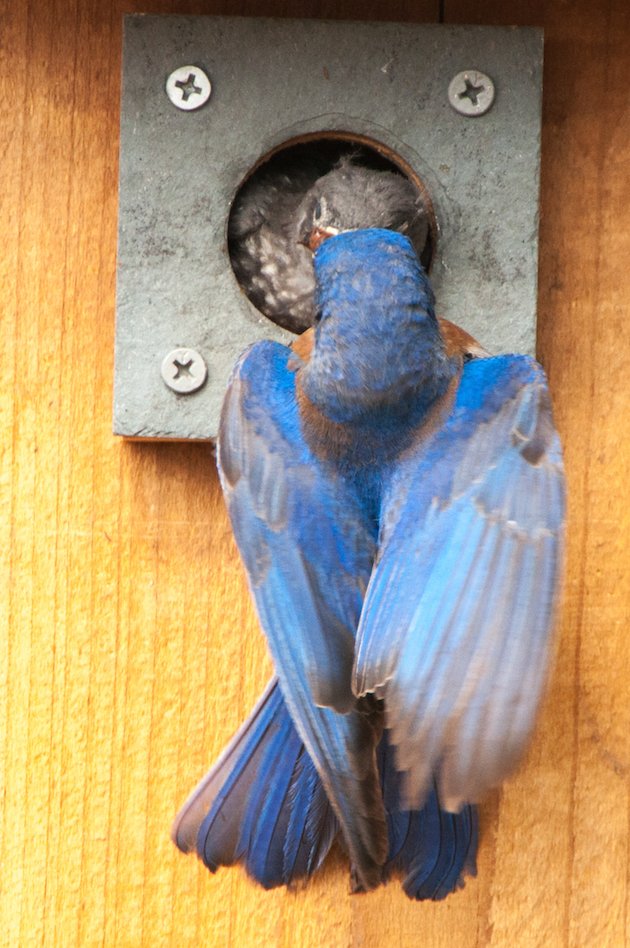
Some 84 species of North American birds, excavate nesting holes, use cavities resulting from decay (natural cavities), or use holes created by other species in dead or deteriorating trees for nesting. Many species of these cavity nesting birds have declined because of habitat reduction. But you can help.
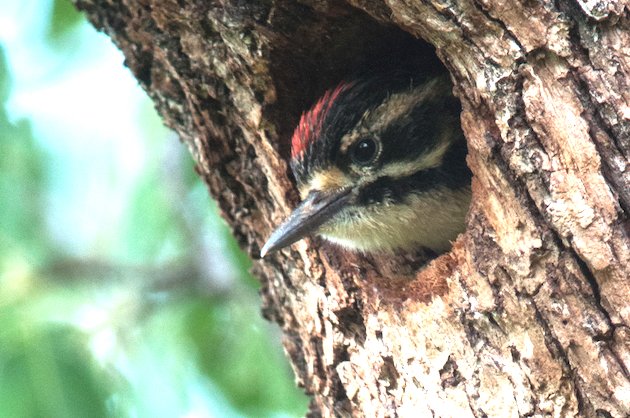
Several of the birds that nest in cavities tend to be resident (non-migrating) species and thus more amenable to local habitat management practices than migratory species. Bird houses have been readily accepted by many natural cavity nesters, and increases in breeding density have resulted from providing such structures.
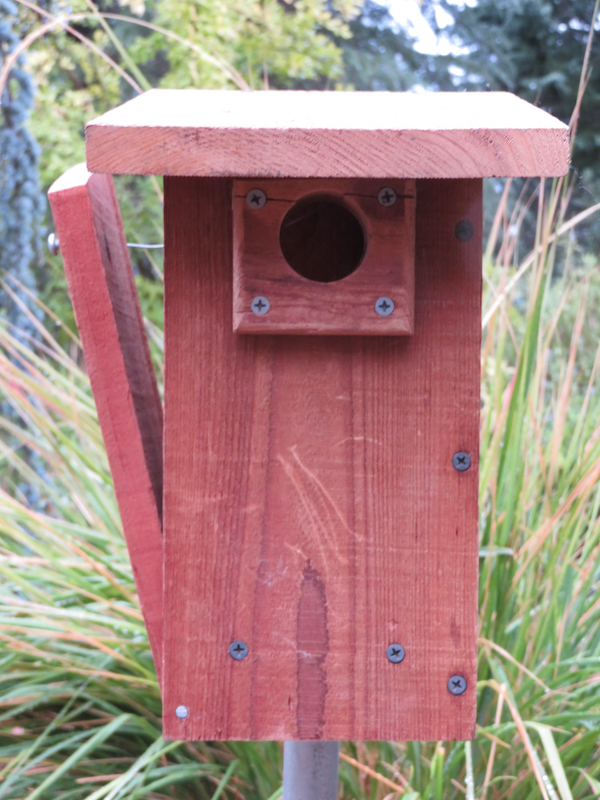
There are probably as many birdhouse plans as there are cavity nesting birds. The important thing is to choose a nest box plan for the species you want to attract that can be opened and cleaned out when necessary. The photo above shows my favorite style birdhouse with a 1 1/2 inch entrance hole. It has been home to Oak Titmouse, Western Bluebird, Violet-green Swallow, Tree Swallow, White-breasted Nuthatch, House Wren, and Ash-throated Flycatcher where I live. I have made one improvement to this design by altering the side door to open from the top rather than the bottom. This allows you to check on the nestlings from the top without opening the door all the way. Here is a nest box specifications chart and several nest box plans.
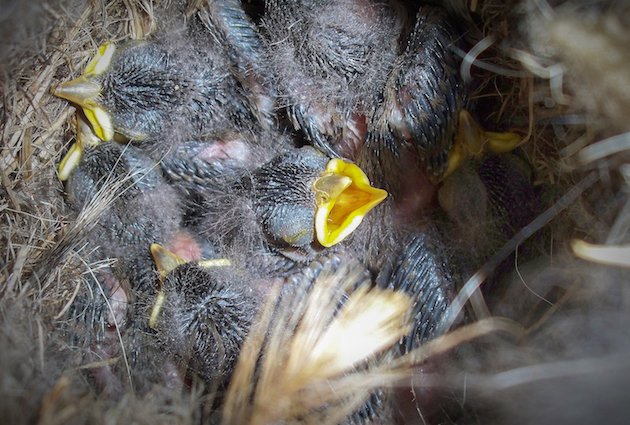
I cannot emphasize the importance of monitoring any nest box you may place in your yard, or anywhere else for that matter. There are three prime objectives for monitoring nestboxes. First and foremost, with regular, frequent visits to each nestbox, you may be able to spot problems threatening your tenants. You may be able to intervene so as to protect the adults and increase the nestlings’ chances for survival. Second, you can develop a body of knowledge about the habits of cavity-nesters. Lastly, you will build a dated record of each visit to the nestbox that will remind you of the age of the nestlings in the box you are approaching, and what’s been going on at the box during the previous weeks. This record will help you understand and interpret the present visit. And the best reason to monitor your nest box – it’s fun!
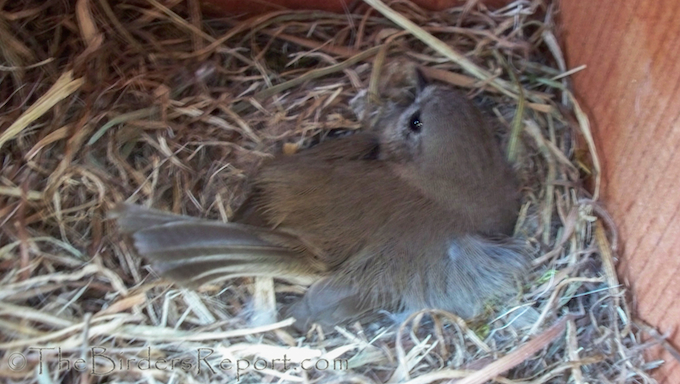
One of the most important aspects of nest box monitoring is cleaning out the box after each nesting. Before nesting season begins, all nest boxes should be checked to make sure they are clean and ready for occupancy. Your nest boxes should have been cleaned out back in August, after the last completed nesting of whatever species used them. Since then, it is likely that those nest boxes have been used as places to roost during cold weather, accumulating bird droppings. Below is a typical dirty box that has been used as a roost.
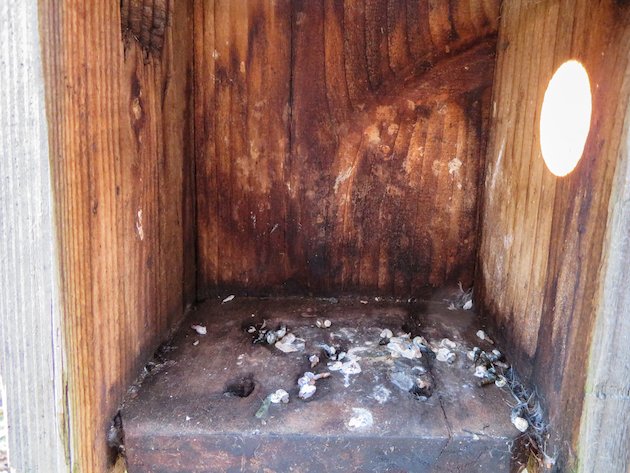
This is an American Kestrel box that has never been used. I recently checked it and found a wasp nest inside. They are usually attached to the roof on the inside of the box. Birds won’t use a box with wasps inside. If you find a wasp nest in your nest box use a thin spatula and crush the wasp nest against the roof of the box. If you don’t kill the adult wasp, she will soon return and rebuild. Keep checking to make sure the wasps don’t return.
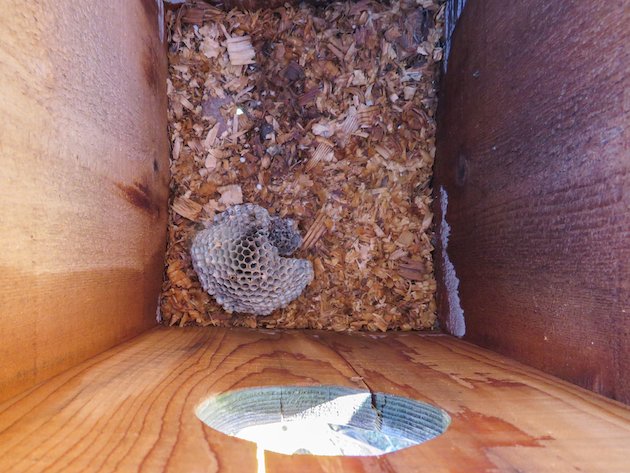
This is a nest box that was used by Tree Swallows on a new Bluebird Trail I helped a Girl Scout Troop build last summer. Unfortunately the Carr fire that burned 229,651 acres in Northern California burned through the area where these boxes were placed and the girls weren’t able to get back into the area to check on them.
Fortunately several of the boxes survived the fire. This one apparently had two successful nestings but wasn’t cleaned out between them. You can see the two distinct flattened nests stacked on top of each other bringing any new nesting attempt closer to the entrance hole and therefore easier for a predator to reach eggs or nestlings.
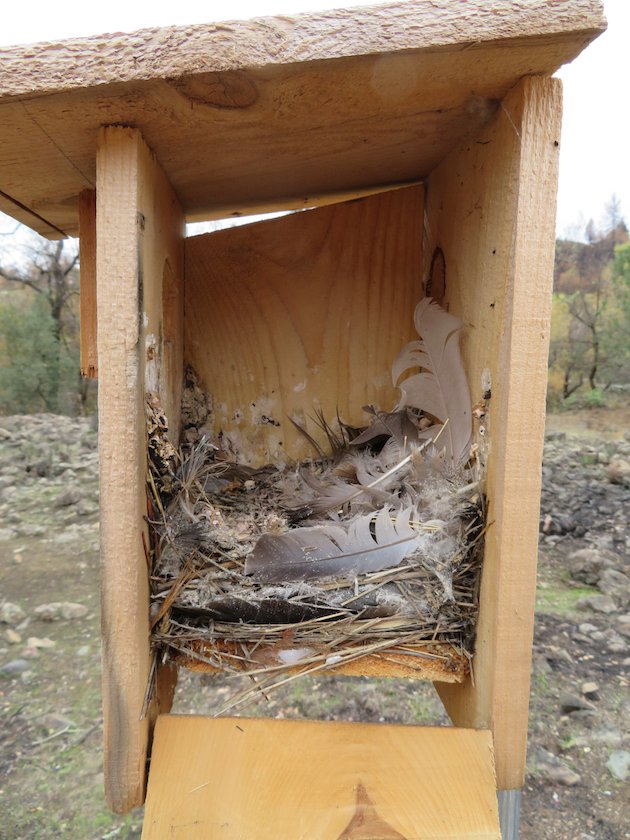
This is a great time to check and clean any birdhouses you have. It’s also the perfect time to repair any damaged boxes and get them ready for the new season before the birds arrive. Believe it or not, birds like a clean house, just like you and I!
You can see my extended post on cavity nesting birds and their babies here.
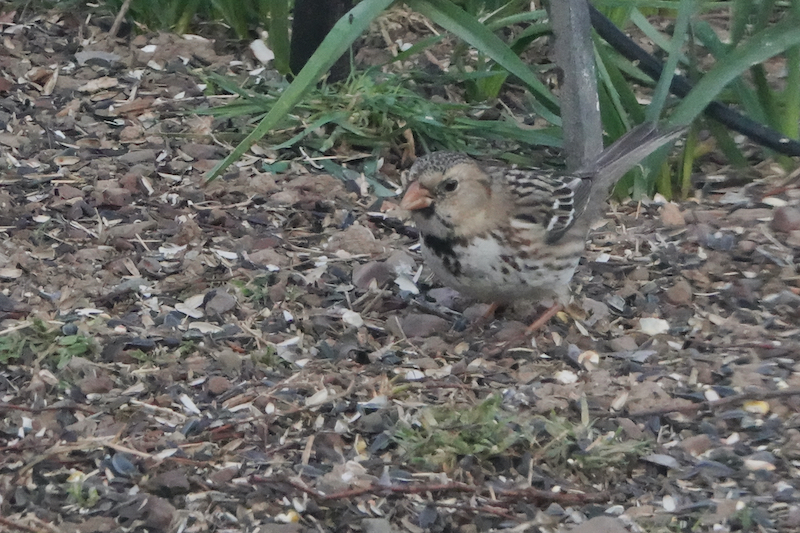
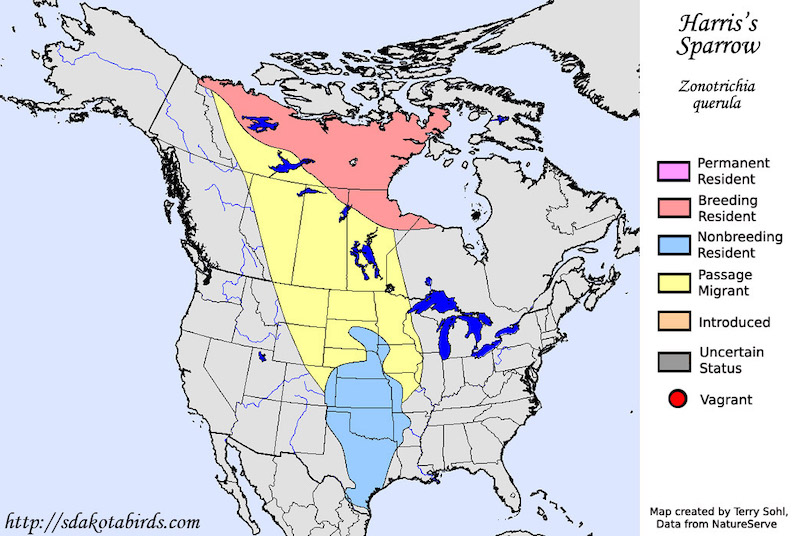
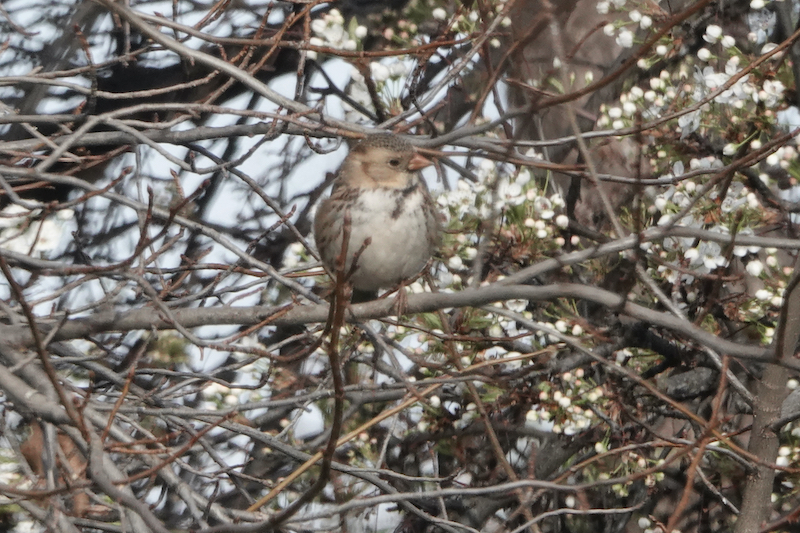
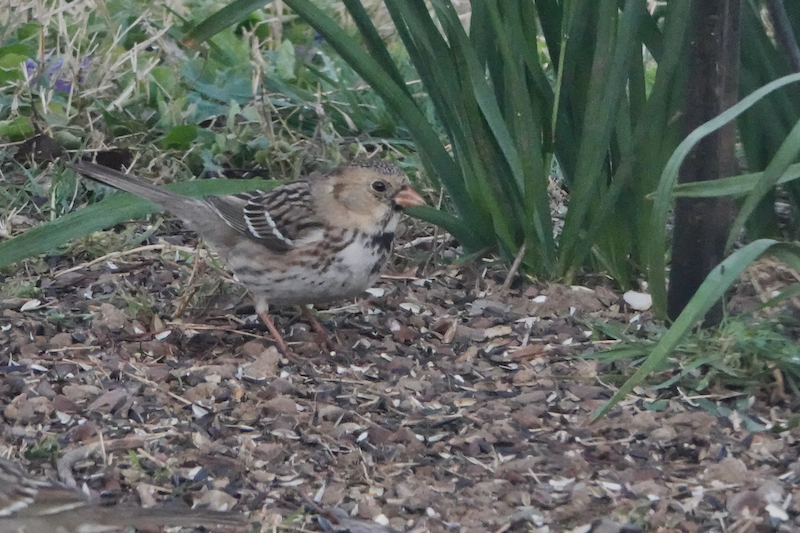
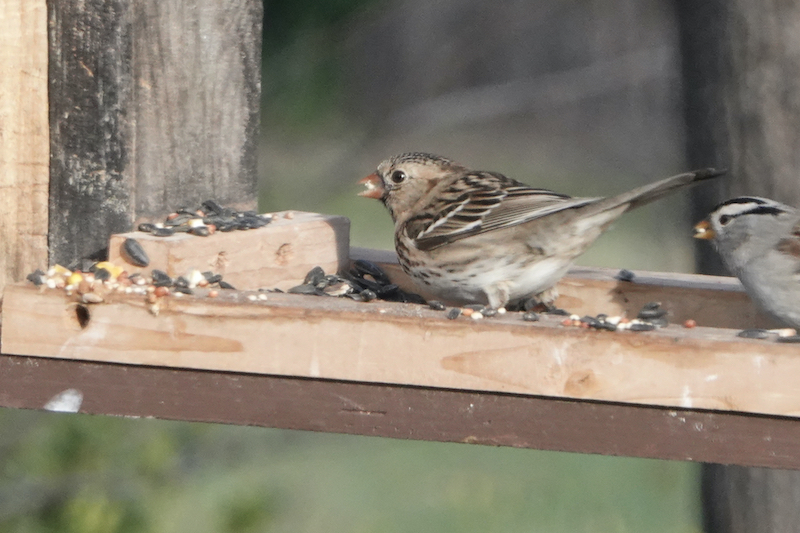

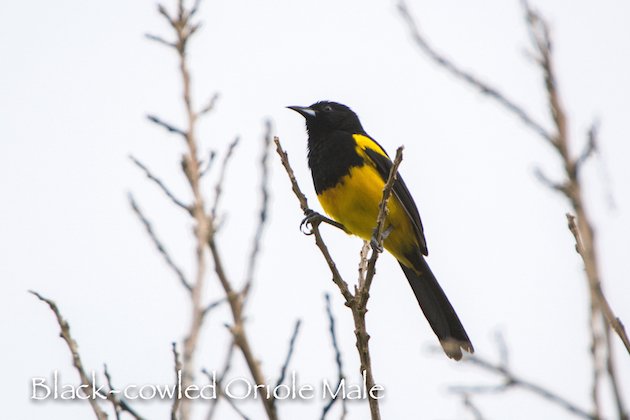
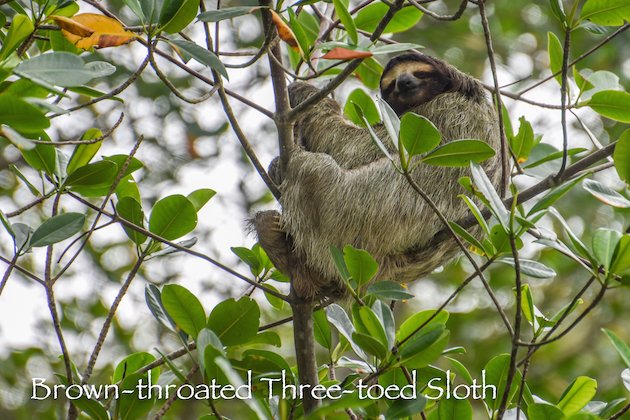
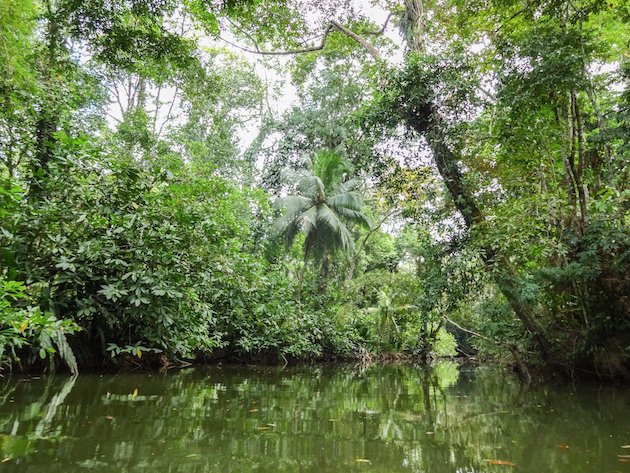
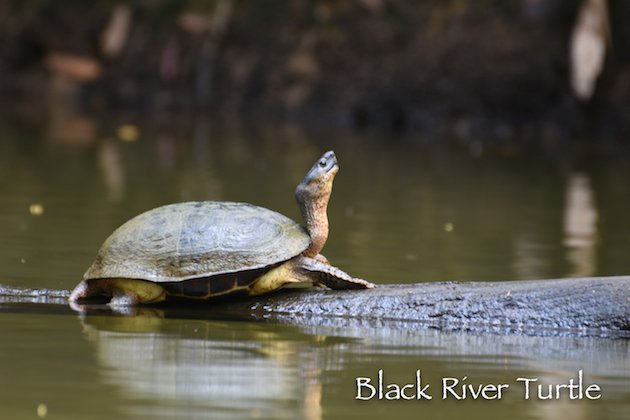
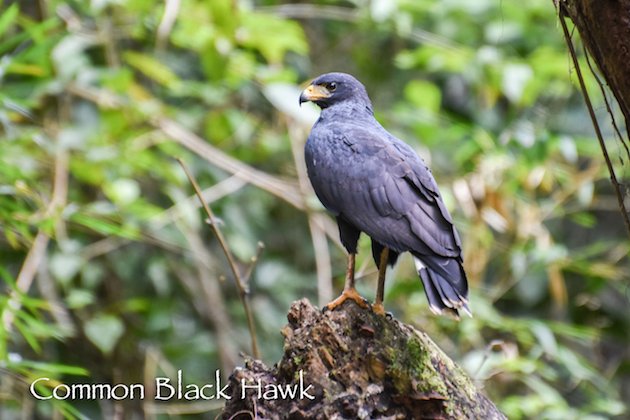
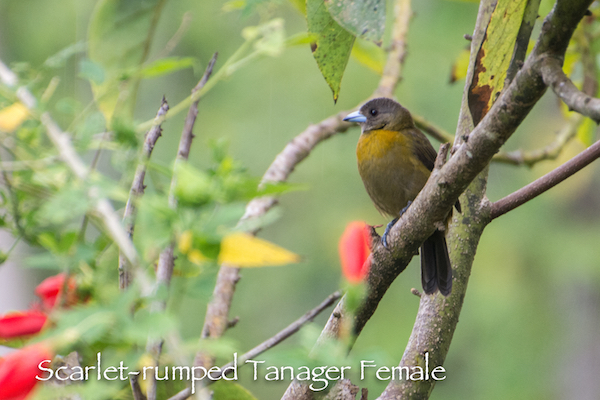
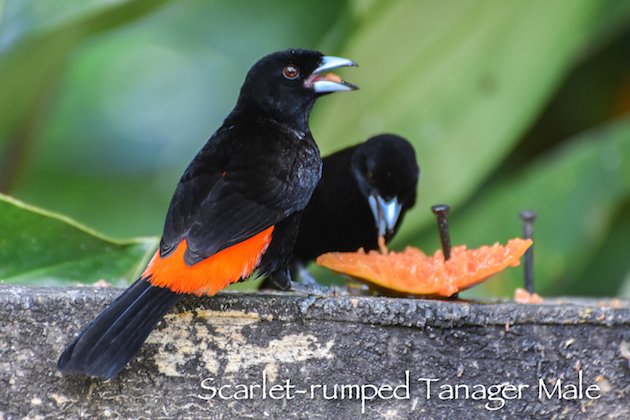
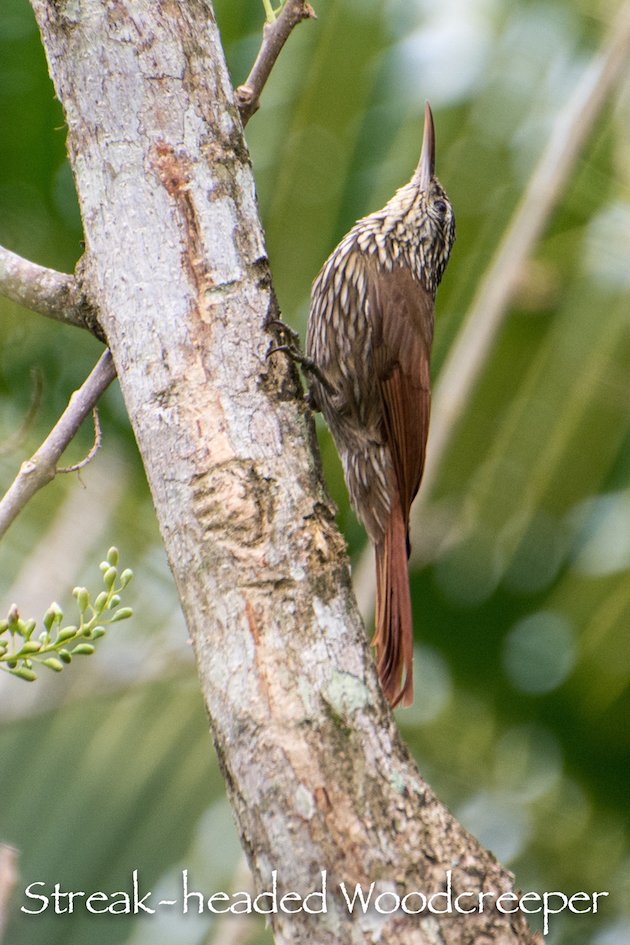
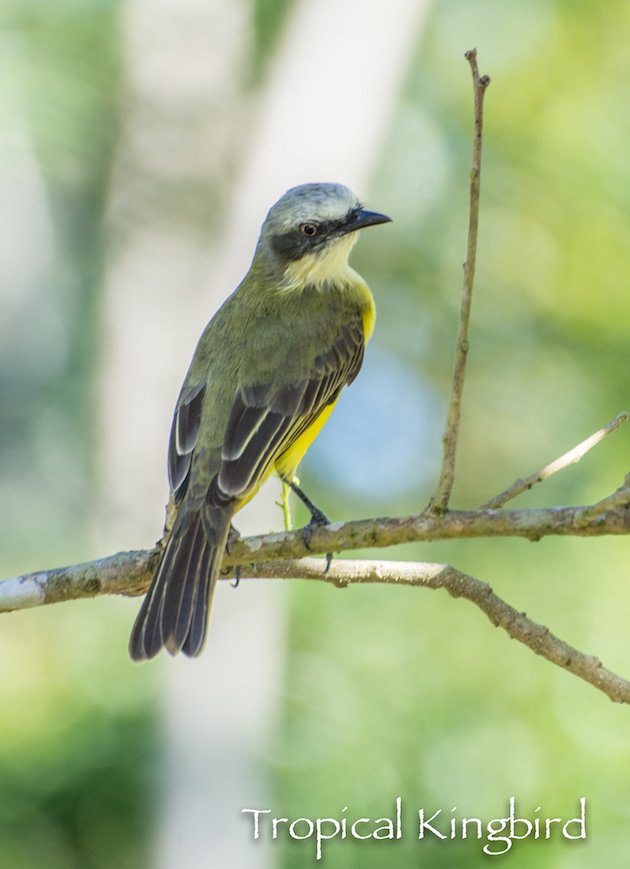
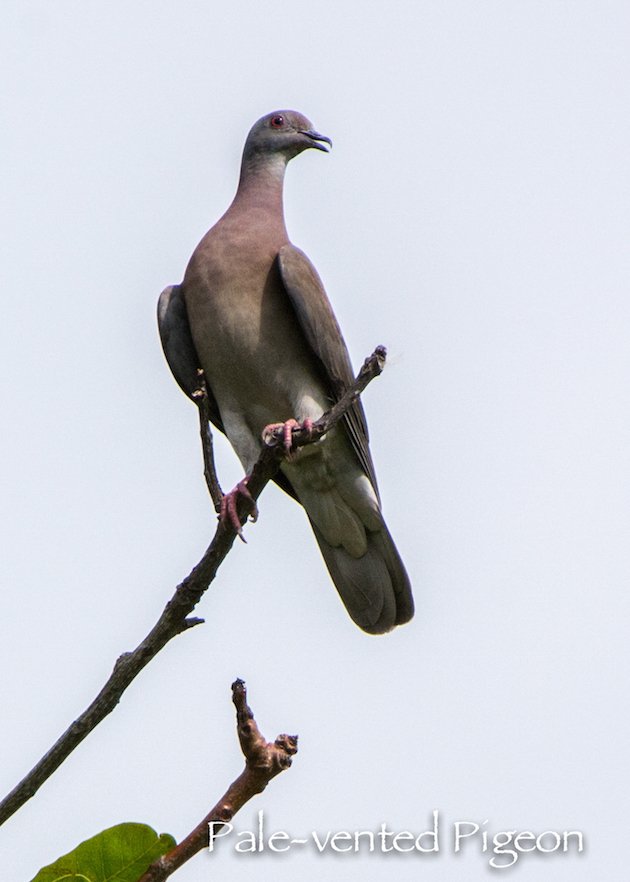
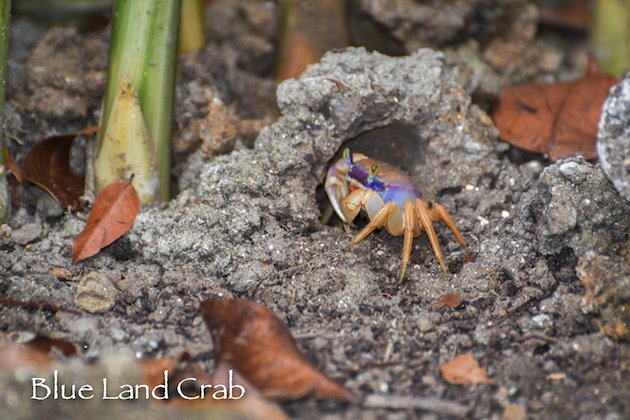
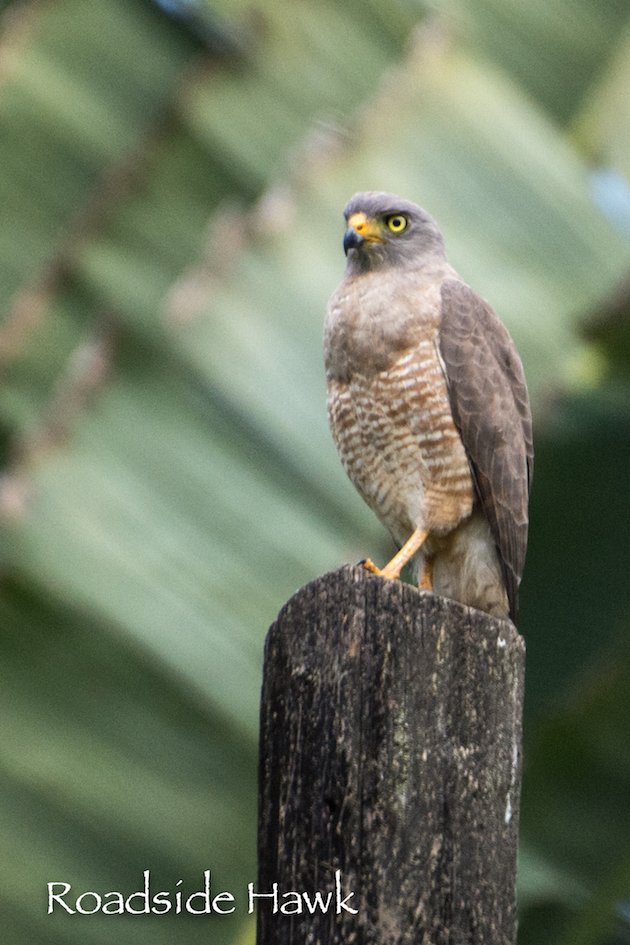
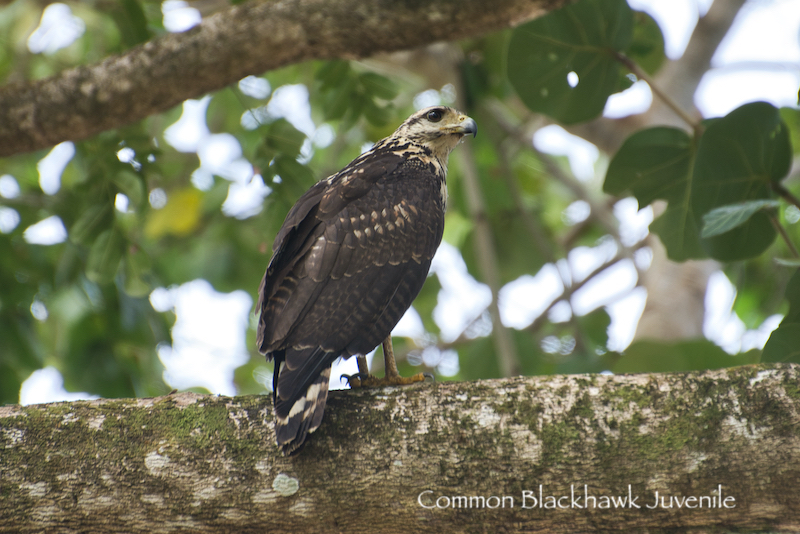
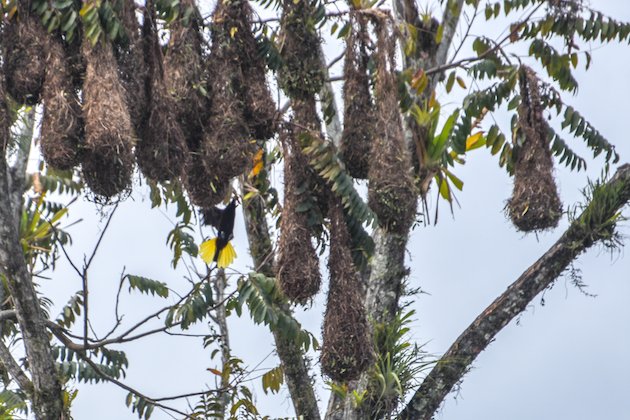
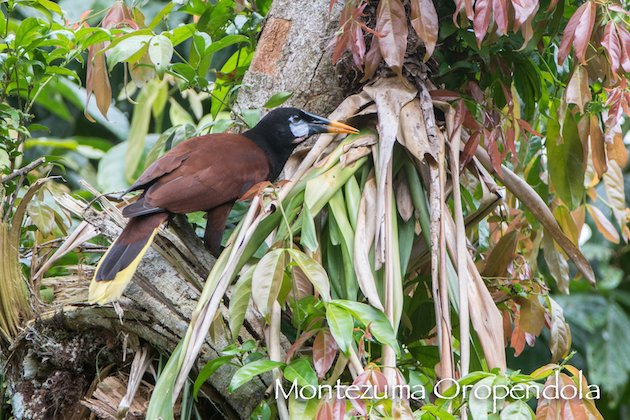
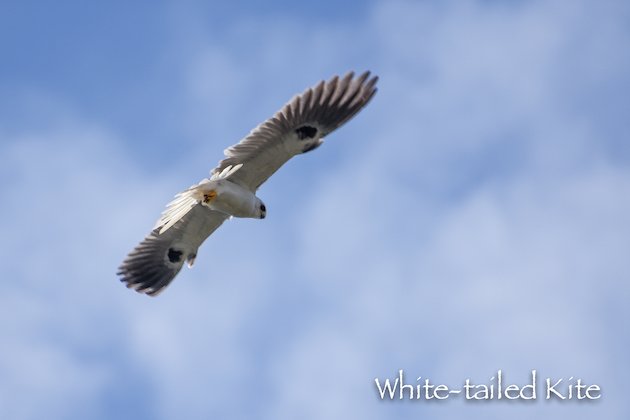
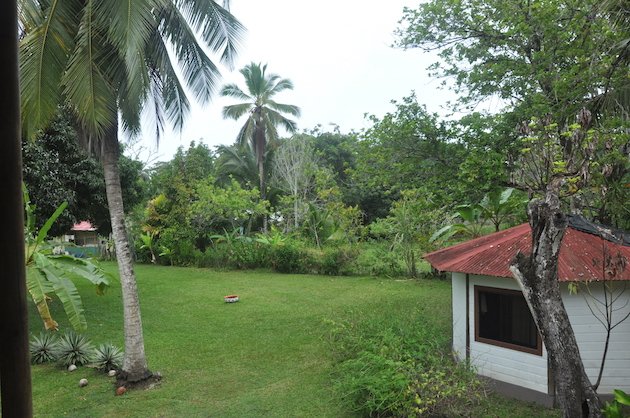
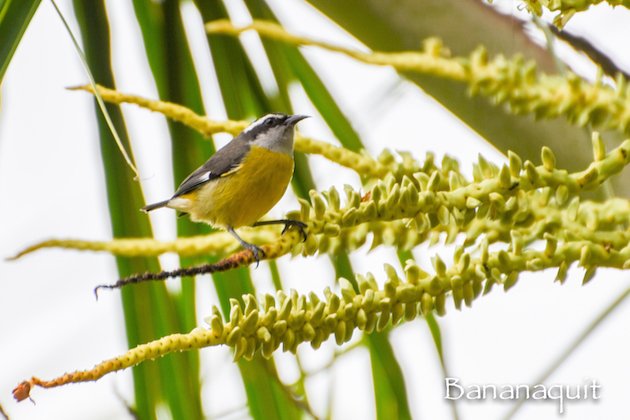
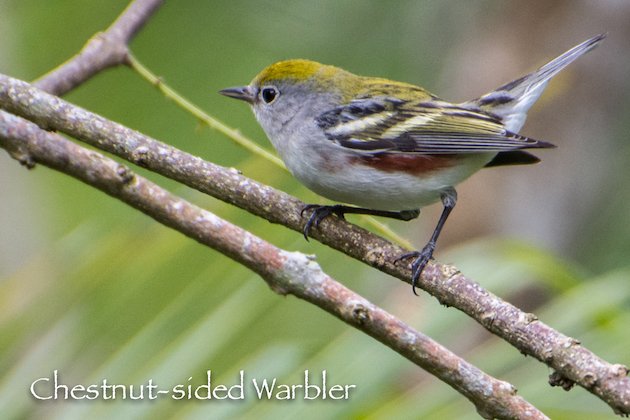
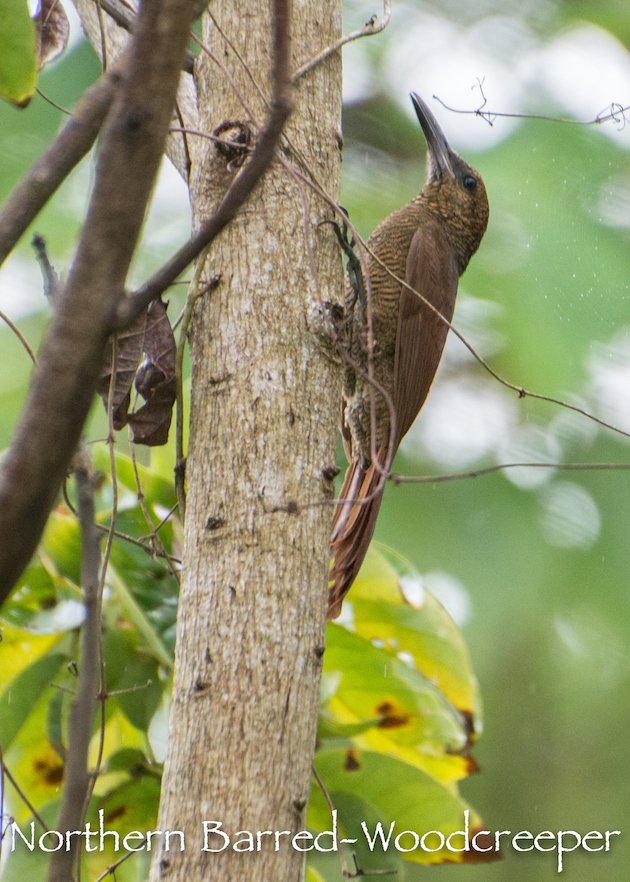
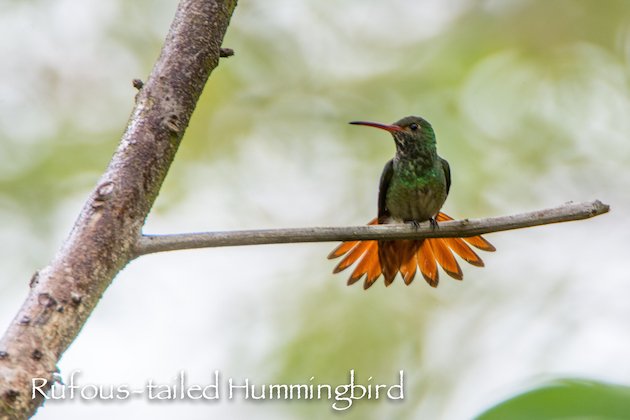
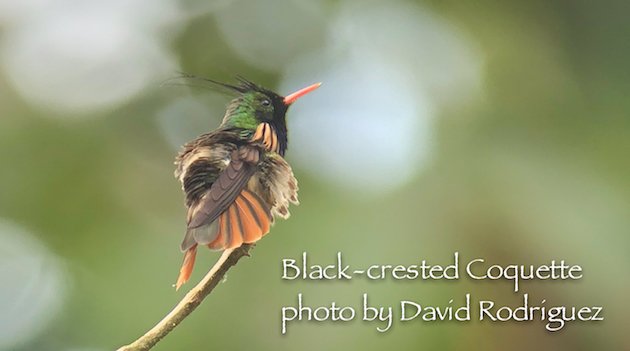











Social Media Connect